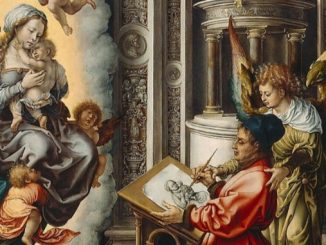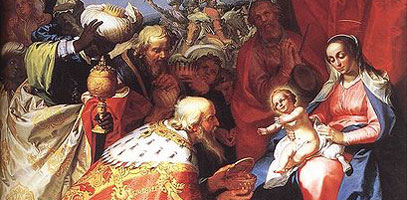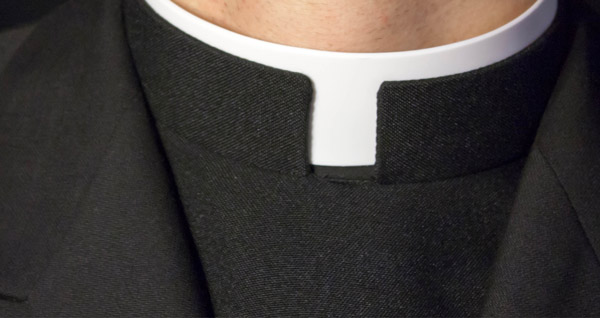
Q: At the end of the Protestant Lord’s Prayer, there’s a doxology. The Catholic tradition has a different prayer before the doxology. What’s the history to this prayer? (Hilton Head, SC)
A: The Lord’s Prayer is properly titled since it was given to humanity by the Lord Jesus when the Apostles asked him to teach them how to pray (cf. Lk 11:1-4). The prayer is a strong supplication itself and also provides us with an internal outline on how we should pray in general. For these and other reasons, it completely belongs within the Communion Rite of the Mass which prepares us to receive holy Communion.
Within the Communion Rite, there is the Lord’s Prayer, the embolism, the doxology, the “peace prayer,” the Amen, and the offering of peace, etc. Your specific question deals with the embolism, which is the short prayer, “Deliver us, Lord, we pray, from every evil …”. It’s called the embolism, a word that literally means interpolation or insert, since historically it was placed between the Lord’s Prayer and the peace prayer (the doxology wasn’t added to the Mass until the reforms of the Second Vatican Council). The embolism is added here because it builds upon and expands the last petition of the Lord’s Prayer, “But deliver us from evil.”
The embolism is one of our oldest prayers, with some dating it to the first century. The prayer is imbued with images of the Second Coming of the Lord, since the early Christians thought Jesus would return quickly. Because of this emphasis, in some parts of the Church, the prayer later became heavily associated with the Advent season.
In general, the embolism is a petition for protection from evil, perseverance in the Christian way of life, and an expression of joyful hope in the return of the Lord Jesus. The prayer’s placement in the Mass, therefore, is meant to stress these aspirations to Christian believers as they ready themselves to receive holy Communion.
Pastorally, many people have indicated to me how encouraging the embolism is to them, especially its supplications to be “free from sin” and “safe from all distress.” One gentleman told me some years ago that he was struggling with anxiety attacks and the praying of the embolism was a great consolation to him.
The embolism is a beautiful prayer with great power, and we can see what a tremendous help the prayer and its petitions can be to us as we prepare for holy Communion. This, of course, is why the Church “inserts” it after the Lord’s Prayer.
Q: I have a heavy work schedule. It’s hard for me to get to confession. Sometimes, when I’m able to go, it seems the priest takes an extended time with penitents. I don’t understand why things couldn’t move faster. (Charleston, SC)
A: This is a great question born from real frustration. There are two perspectives in giving an answer. The first is between the priest and penitent. This is the central focus of the sacrament since the priest’s principal concern is the penitent in front of him. The priest is under a sacred obligation to give the penitent whatever time is needed for the valid celebration of the sacrament.
But there is a second perspective, namely, the other penitents waiting for the sacrament. While the penitent in front of him is the priest’s principal concern, that penitent is not his only concern. Pastorally, the priest should be cautious about unduly prolonging the sacrament. He should be aware that others are waiting and in need of confessing their sins and some of them are perhaps on tight work schedules.
Father Jeffrey Kirby is administrator of Our Lady of Grace Church in Lancaster. Email him your questions at askfrkirby@gmail.com.




